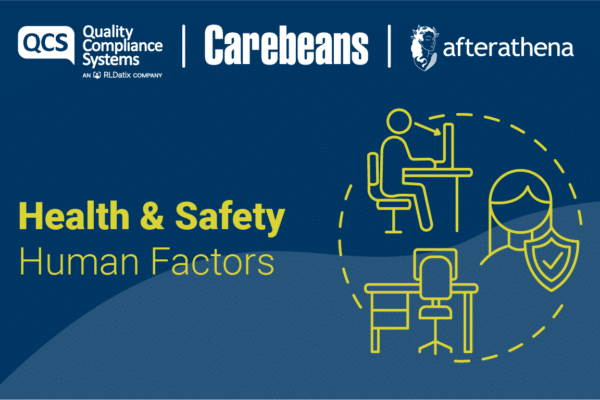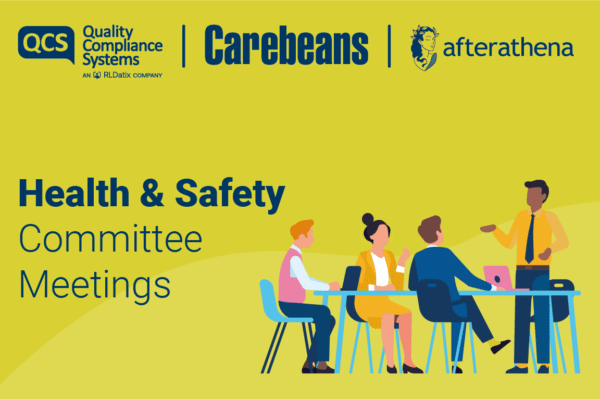 1. Clinical negligence covers NHS and privately funded hospitals
1. Clinical negligence covers NHS and privately funded hospitals
Following a discussion at a recent meeting I thought I would write about Clinical Negligence. Negligence is the breach of a legal duty of care owed to one person by another which results in damage being caused to that person. Clinical negligence (often called medical negligence) is concerned with claims against doctors and other healthcare professionals and their employers.
In order for negligence to be proven a claimant (usually the patient) must show that the doctor owed a duty of care to the patient, that the doctor was negligent in his management, and also that the patient suffered harm as a result. The claimant has to succeed on both liability and causation to obtain compensation:
- Liability to show that the doctor or nurse must have been found to have acted in a manner that no other similar professional would have done.
- Causation that harm has resulted which would not otherwise have occurred (on the balance of probability, i.e. the action of the doctor or nurse was more than 50% likely to have caused the harm).
The claimant’s loss is then assessed in terms of loss of current and future earnings, reduced quality of life, mental anguish and the recompense is money – nothing more and nothing less. Clinical negligence covers NHS and privately funded hospitals. It also covers defective medical products, for example implants or drugs.
2. Who is liable?
Doctors and other healthcare professionals may be liable directly for their own negligent treatment. In addition, their employers, usually NHS Trusts, Clinical Commissioning Groups or private hospitals, may be “vicariously” liable for the negligence of their staff.
A GP is liable for his own acts, for the acts of his employees and, arguably, for anyone else he employs to look after patients such as nurses. The General Medical Council requires that all doctors have adequate insurance cover.
If the negligent healthcare professional was a health service employee, such as a hospital doctor, then it would be the Health Trust that would be liable. If a claim is successful it will be the hospital that pays the damages. Doctors, nurses and other health care staff in the NHS are covered by the NHS Indemnity, which means their employer is responsible for any clinical negligence claims.
Hospitals may also be directly liable where, for example, they have failed to adequately supervise or train their doctors and nurses or where hygiene standards have not been maintained properly.
3. The Bolam test of liability
In the Bolam v Friern Hospital Management Committee [1957] case it sets the precedent for assessing the appropriate standard of reasonable care in negligence cases involving skilled professionals (e.g. doctors) and is commonly known as the ‘Bolam test’.
Mr Bolam was a voluntary patient at Friern Hospital, a mental health institution run by the Friern Hospital Management Committee. He agreed to undergo electro-convulsive therapy but later sued the Committee for compensation and argued they were negligent.
A person falls below the appropriate standard, and is negligent, if he fails to do what a reasonable person would in the circumstances. But when a person professes to have professional skills, as doctors do, the standard of care must be higher. Where the defendant (the doctor) has represented him or herself as having more than average skills and abilities, this test expects standards which must be in accordance with a responsible body of opinion, even if others differ in opinion. In other words, the Bolam test states that “If a doctor reaches the standard of a responsible body of medical opinion, he is not negligent”. In cases such as Whitehouse v Jordan [1981], where a baby suffered severe brain damage after a difficult birth, the court holds that the doctor was not at fault because he did what other doctors might have done in the same circumstances.
In the Bolam case the jury delivered a verdict in favour of the defendant hospital. Given the general medical opinions about what was acceptable electro-shock practice, they had not been negligent in the way they carried out the treatment. This is quoted very frequently, and has served as the basic rule for professional negligence over the last fifty years.
4. Test to determine negligence
The Bolam test is just one stage in the test to determine negligence:
- It must be established that there is a duty of care (between a doctor and patient this can be taken for granted).
- It must be shown that the duty of care has been breached. This is where the Bolam test is relevant, because falling below the standard of a responsible body of medical professionals means that person will be considered negligent.
- It must be shown that there was a causal link between the breach of duty and harm.
- It must be shown that the harm was not too remote.
5. Limitations
A case must be brought within three years of knowledge of harm suffered – so, if a patient thinks they have received negligent treatment today, they have 36 months in which to file a claim. Exceptions to this rule are:
- At the time of the injury the claimant was a child (under the age of 18) – no time limit.
- At the time of the injury the claimant was mentally ill – limitation period starts from the time of their recovery.
- At the Court’s discretion – the judge can decide that a case which is ‘out of time’ can proceed.
6. Tips to avoid Clinical Negligence claims
Lord Woolf, in his Access to Justice Report in July 1996, concluded that major causes of costs and delay in medical negligence litigation occur at the pre-action stage. He recommended that patients and their advisers, and healthcare providers, should work more closely together to try to resolve disputes co-operatively, rather than proceed to litigation. He specifically recommended a pre-action protocol for clinical negligence cases.
Do:
- Ensure all doctors have adequate insurance cover.
- Ensure that key staff have some knowledge of complaints procedures, healthcare law, and civil litigation practice and procedure.
- Develop an approach to clinical governance that ensures that clinical practice is delivered to commonly accepted standards and that this is routinely monitored through a system of clinical audit and clinical risk management.
- Set up adverse outcome reporting systems in all specialties to record and investigate unexpected serious adverse outcomes as soon as possible.
- Use the results of adverse incidents and complaints positively as a guide to how to improve services to patients in the future.
- Ensure that patients receive clear and comprehensible information in an accessible form about how to raise their concerns or complaints.
References
Good Medical Practice (General Medical Council)
http://www.gmc-uk.org/guidance/good_medical_practice.asp
The Law Society
http://www.lawsociety.org.uk/support-services/accreditation/clinical-negligence/
Bolam v Friern Hospital Management Committee [1957] 1 WLR 582
Whitehouse v. Jordan [1981] 1 All ER 267







